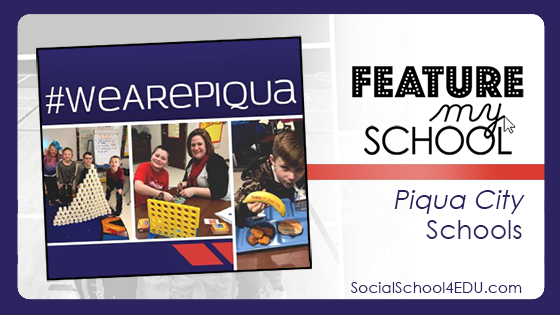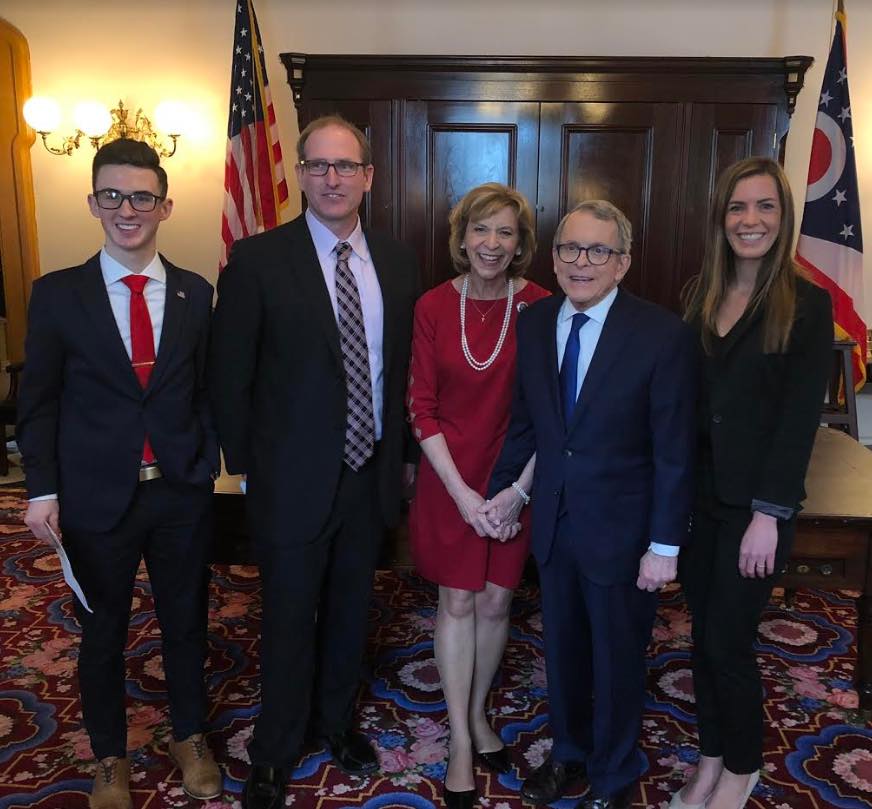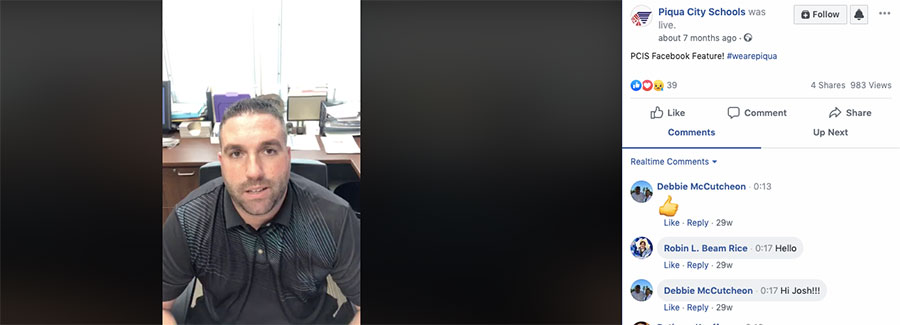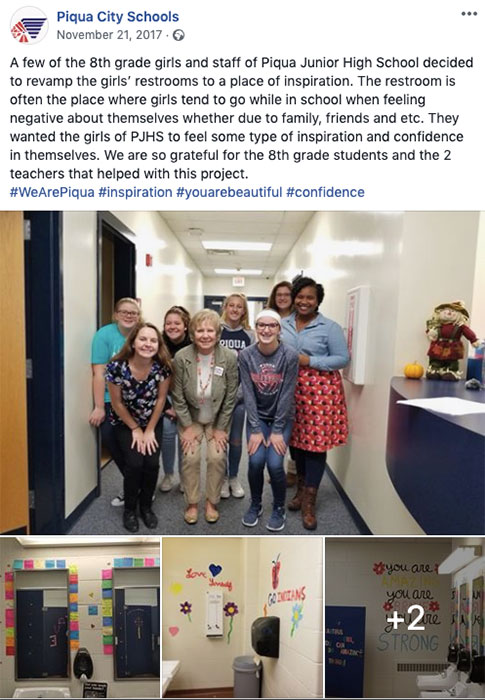This week, we are featuring a district that is absolutely on fire with telling their story: Piqua City Schools.
With an average weekly reach of 12,600 people and three posts a day on Facebook (including weekends!), this district is truly devoted to communicating positive experiences with their followers.
We had the opportunity to speak with Dwayne Thompson, Superintendent for Piqua City Schools, to look into the district’s unique social media journey and to hear about his leadership tips.
Read on to see how Piqua has completely transformed their social media presence and check out their pages here:
 |
 |
 |
When did your district start using social media?
Prior to partnering with #SocialSchool4EDU in October of 2017, our social media efforts were all over the place. As opposed to having one district-wide Facebook page, individual schools had their own pages, and some of these were more successful than others.
Then an unfortunate incident occurred when someone came into one of our schools, took a photo of a student sitting alone on a stage by himself eating lunch, and posted this with a misinformed caption that said that the student was being publicly punished. This was absolutely not the case, and video footage from the school had been used to show that this caption was not at all true. Despite the district’s efforts to set the story straight, the post was repeatedly shared and commented on – the negative story just kept getting revived.
While it would have been easy to shun social media at this point and dwell on this negative incident, we chose to go in the opposite direction and use the positive systems and mentality embodied by #SocialSchool4EDU in order to tell our district’s story. Now, our mindset is that if we don’t tell our own story, other people are going to tell it for us, and I guarantee that we can tell it better. We want to have so many positive stories circulating that the negativity is drowned out.
What impact has social media made for your district?
By actively focusing on the positivity in our schools, we have seen that our community engagement and feedback mirrors this. Since we have one page for the entire district, everything is in one location, and everybody in our community comes to this one place to figure out and feel what it means to be in the Piqua School District, not just the individual buildings.
Not only that, but we have caught the attention of those outside our community as well. One of our state representatives called me and offered a ticket for a student to attend the governor’s State of the State Address. When I asked why she offered this to us, she said that she had seen and heard many positive things about Piqua. Although she didn’t explicitly mention social media, she does not live in Piqua, so she must have seen us on social media and been impressed by our #WeArePiqua story.
What are some of the “out of the box” things you have tried on your social media channels?
We have used Facebook Live for many purposes, but one of our most out-of-the-box instances was when Mr. Kauffman, our intermediate school principal, decided to use it to reach parents who could not make it to in-person meetings. He went live during the time when many parents were sitting in their cars to get a prime pick-up spot for their kids. He brought up different topics pertaining to the school, as well as recapping happenings from the week so that parents could stay in the know.
This received an overwhelming amount of positive feedback! Many parents tuned in live and gave a thumbs up or smiley-face emoji; others watched the footage later when they got home since Facebook Live enables viewers to either join live or watch it as a regular video after the fact. Since trying this out, Mr. Kauffman has done this feature numerous times and reached many parents who can digest the information whenever it suits them, rather than a set meeting time.
What are your key tips as a leader in motivating your staff to use social media?
Make sure to let your staff know from the outset that if everyone pitches in to share a few stories a month, social media ceases to be a lot of work for one single person. Once staff members see that their posts are garnering positive attention from the community, they are much more likely to send you even more content, so make sure that they are following the social media channels or that you give them affirmation that their contribution to your district’s story is valuable.
What advice do you have for other schools using social media?
Don’t be afraid. It is easy to get overwhelmed by the negative aspects of social media, but you need to communicate the high points in your district so that people don’t concentrate on the low points. My biggest piece of advice is to feature the voices of many individuals- students, staff, parents- on your social media platforms. Try to get direct quotations and comments so that the experiences of many people join together to create a positive story. The most powerful piece is not the district, but the people in it.
How has #SocialSchool4EDU helped your school tell your story through social media?
By having #SocialSchool4EDU manage our social media, we no longer have to worry about the logistics, methods, or huge amount of time that goes into successful storytelling on social platforms. We also receive report cards letting us see exactly how much we have grown which I can then share with school board members.
Best of all, rather than monitoring our social media as I did before, I am now able to sit down at night and look back on a day’s worth of stories and photos from our staff and students. I love being able to click the “like” button and comment as a member of the #WeArePiqua community.
Thank you so much to Dwayne for taking the time to share Piqua City Schools’ story! We hope that you are able to apply some of his advice to your own social media efforts.
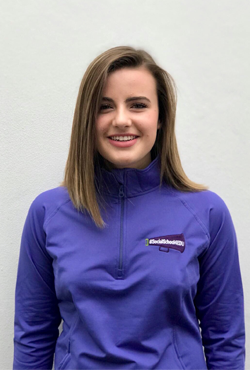
A guest post from Hannah Feller, our youngest account manager! She is currently completing the BA program in English Literature and Linguistics at the University of Groningen in the Netherlands. She is thrilled to be able to apply the theory she works with at university to social media for schools.

